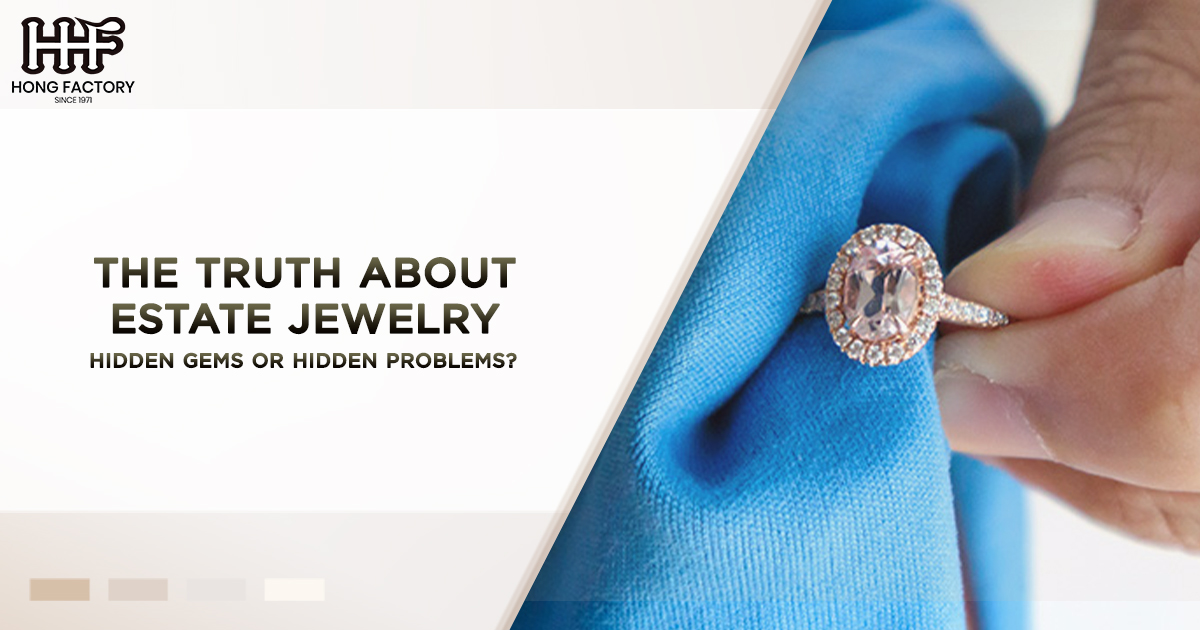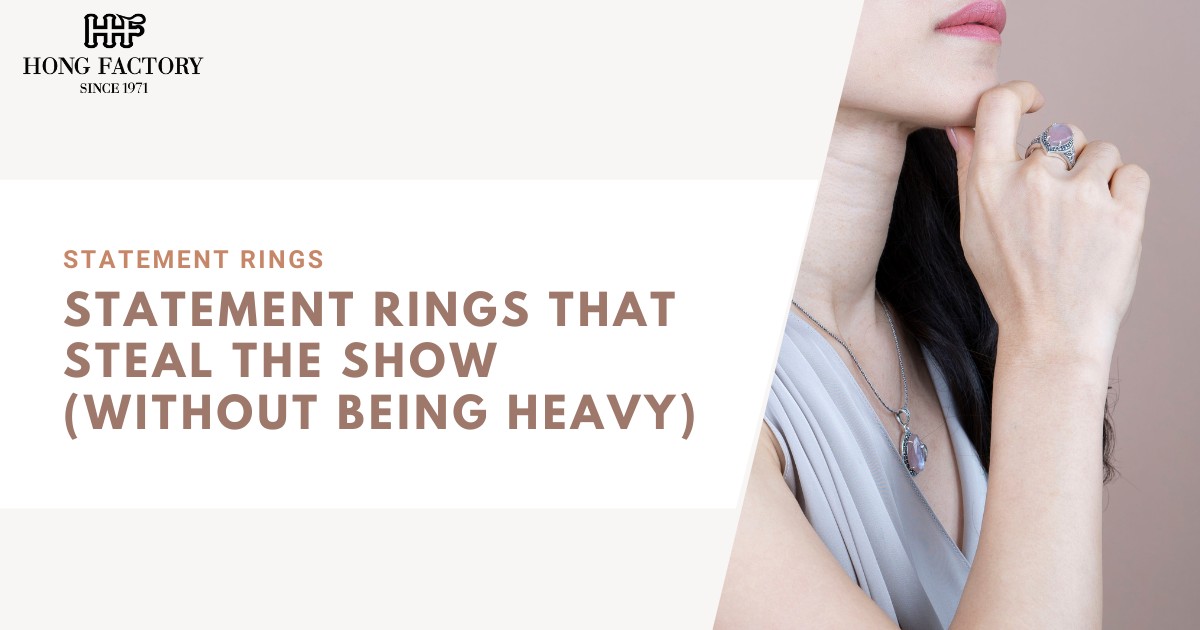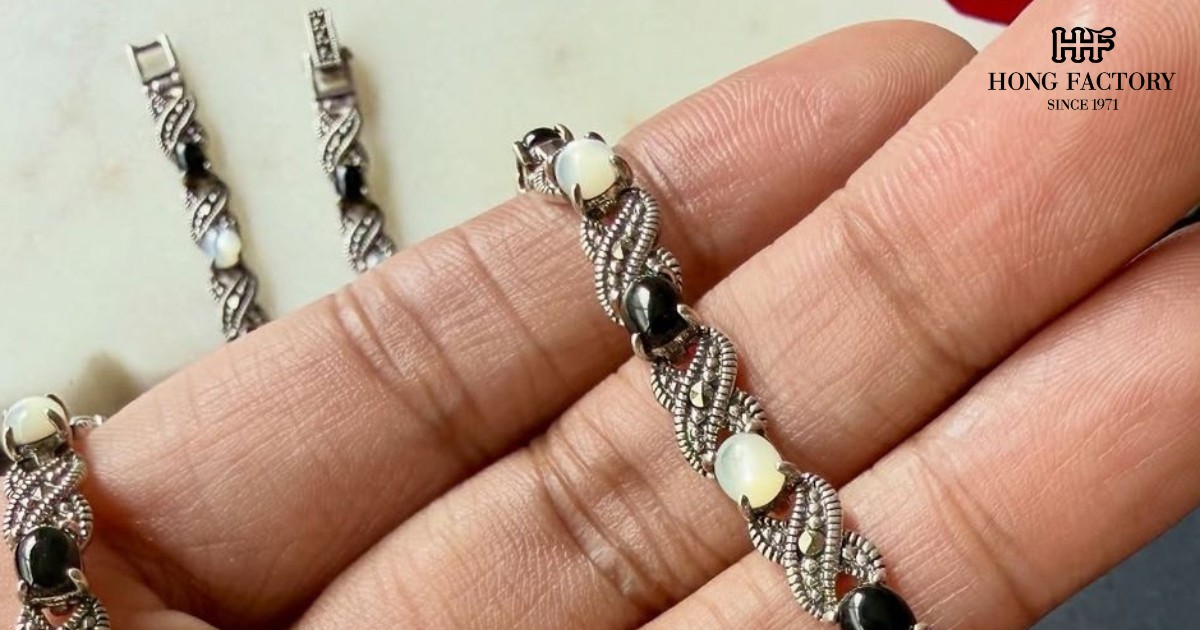Estate jewelry, encompassing vintage pieces and antique jewelry, offers an alluring glimpse into history, art, and craftsmanship. However, purchasing estate jewelry can be both an exciting adventure and a daunting task. Potential buyers might uncover unique treasures or encounter unforeseen challenges. In this article, we’ll examine the truth about estate jewelry through the lens of value assessment, authentication processes, common issues, and buying tips. Key terms such as estate jewelry, vintage pieces, antique jewelry, and jewelry authentication will guide our exploration.
Value Assessment
Understanding the value of estate jewelry is crucial for making informed purchasing decisions. Several factors contribute to determining a piece’s worth:
1. Historical Significance
Antique jewelry, typically defined as pieces over 100 years old, often holds historical value that can enhance its desirability and market price. Unique designs from specific eras, such as Victorian, Art Deco, or Edwardian, can add significant value to a piece.
2. Craftsmanship and Materials
The quality of craftsmanship and materials used in vintage pieces significantly impact their value. Jewelry made with high-quality metals, gemstones, or intricate detailing by renowned designers can command higher prices.
3. Condition and Rarity
A piece’s condition is a critical factor in its value assessment. Estate jewelry in pristine condition is typically more valuable. Additionally, rare pieces or those that were part of limited production often carry a premium.
4. Provenance
The provenance, or documented history of a piece, can also add value. Items with a well-documented lineage or those once owned by notable figures are often sought after by collectors.
Authentication Process
Jewelry authentication is vital to ensure the legitimacy and value of estate jewelry. This process involves
- Expert Appraisal
Engage a certified appraiser with expertise in estate jewelry to assess and authenticate the piece. They can provide insights into the piece’s origins, materials, and market value.
- Gemological Certification
For pieces containing gemstones, obtaining a gemological certificate from reputable organizations like the Gemological Institute of America (GIA) can verify the authenticity and quality of the stones.
- Hallmarks and Signatures
Check for hallmarks, maker’s marks, or signatures that can authenticate the piece and provide information about its origin and age. These marks can be cross-referenced with historical records for accuracy.
- Document Examination
Review any available documentation, such as original receipts, provenance reports, or previous appraisals, to verify the piece’s authenticity and history.
Common Issues
Despite the allure of estate jewelry, buyers should be aware of common issues that may arise:
- Repairs and Modifications
Many vintage pieces may have undergone repairs or modifications over time. While skilled restorations can preserve a piece’s value, poorly executed repairs might detract from its authenticity and worth.
- Wear and Damage
Wear and damage are common in older pieces. Scratches, chipped stones, or bent prongs can affect both the aesthetic and structural integrity of the jewelry. Understanding these issues is essential for proper valuation and potential restoration costs.
- Fakes and Forgeries
The market for estate jewelry is not immune to fakes and forgeries. Unscrupulous sellers might present replicas or altered pieces as authentic, which makes thorough authentication crucial.
- Market Fluctuations
The value of estate jewelry can be subject to market fluctuations based on trends, demand, and economic factors. Buyers should be aware that investment value can vary over time.
Buying Tips
Navigating the estate jewelry market requires caution and due diligence. Here are some tips to ensure a successful purchase:
- Research and Education
Before buying, educate yourself about different eras, styles, and makers. Understanding what defines vintage and antique jewelry can help you identify genuine pieces and make informed decisions.
- Trustworthy Sources
Purchase from reputable dealers or auction houses known for their expertise in estate jewelry. Established sellers often provide authentication and a guarantee of the piece’s condition and provenance.
- Ask Questions
Don’t hesitate to ask the seller detailed questions about the jewelry’s history, condition, and any past repairs or modifications. A knowledgeable seller should be transparent about the piece’s background.
- Consider Condition and Restoration
Assess the piece’s condition and factor in potential restoration costs. Decide if any repairs are necessary and whether they will affect the piece’s authenticity or value.
- Negotiate and Compare
Prices in the estate jewelry market can vary. Compare similar pieces and negotiate prices to ensure you are getting fair market value. Having an independent appraisal can be a valuable tool in negotiations.
- Consider Insurance
For significant purchases, consider obtaining insurance to protect your investment against loss, theft, or damage. Insurance can provide peace of mind for collectors and investors alike.
Conclusion
Estate jewelry holds the potential to be both hidden gems and hidden problems. By understanding the value assessment criteria, undergoing thorough jewelry authentication, being mindful of common issues, and following practical buying tips, collectors and enthusiasts can navigate this fascinating market with confidence.
Whether you’re drawn to estate jewelry for its historical charm, unique craftsmanship, or investment potential, the key is due diligence and informed decision-making. By taking these steps, you can uncover the true value of vintage pieces and antique jewelry, ensuring that your acquisitions are both rewarding and enduring. Investing in estate jewelry can be a delightful journey into history, art, and personal expression, offering treasures that will captivate and inspire through generations.



